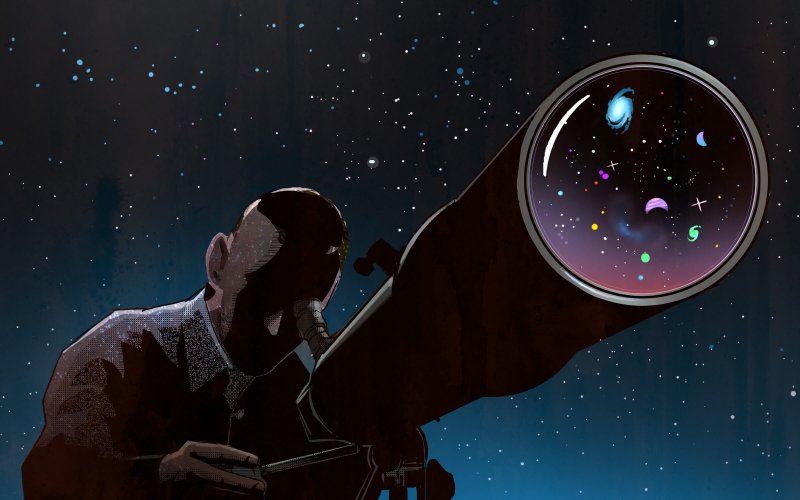[T]he impetus to go interstellar might have nothing to do with dreams of exploration or empire, but all to do with fundamental biology. A billion-year-old sentient species may exhaust its options if it stays at home and remains genetically isolated.
Even if life is built out of different stuff in different places in the cosmos, that might not matter. As long as you can decode the informational algorithms behind the organisms and their heritable material, you can incorporate those into your own kind of substrates.
…
We could, today, use electromagnetic radiation to transmit selected “highlights” of gene data from planet Earth to other stars in the hope of an exchange. Interstellar horizontal gene transfer need not involve physical movement, but could enhance the fitness of any participating species. There is little incentive to transmit deleterious informational algorithms either, since you want all of those other living experiments to continue to churn out their results.
In other words, the ultimate currency of life in the universe may be life itself: The marvelous genetic surprises that biological and technological Darwinian experimentation can come up with given enough diversity of circumstances and time. Perhaps, in the end, our galaxy, and even our universe, is simply the test tube for a vast chemical computation exploring a mathematical terrain of possibilities that stretches on to infinity.































